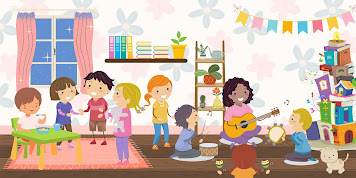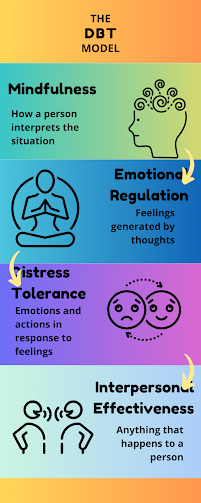Ever since women entered
the workforce, the great daycare debate has raged on. Parents, scholars and
politicians have argued the pros and cons of external childcare facilities
until families are absolutely certain placing their child in daycare results in
either an infant prodigy or a teenage delinquent.

As with any issue, the truth
has been found to be somewhere in between. Daycare can be a tremendous
opportunity for a young child to learn social skills, expand their vocabulary
and learn to function as an individual away from their parents; constant
interaction with their peers allows them to develop a respect for the opinions
and emotions of others, learn the value of teamwork, and to form friendships
that will often carry into their school years. They are also given an
opportunity to gain basic academic skills at an earlier age and adapt to the
more rigid structure of a classroom environment prior to entering Kindergarten,
easing what is often a difficult transition for children who are kept at home in
their preschool years.
On the flip side of the coin,
not all daycare providers are able to give the high quality of attention and
education necessary for growth and adjustment. This is often due to an
inadequate number of staff for the number of children a facility enrolls.
Many times, by the time a child reaches preschool age there is only one teacher
responsible for up to fifteen students, if not more (licensing guidelines state
that there should be no more than fifteen
students per teacher at the four and
five-year old level; however, a fluctuating population of drop-in students may
cause this number to be nothing more than a myth). The results of a long-term
study done by the National Institute of Health showed that those children who
spent a great amount of time in a lower quality daycare displayed more
instances of aggressive behavior and demands for constant, individual
attention, a trend that continued through the sixth grade. This behavior may
stem from the need to compete for attention from a very young age and is
displayed in children of large families as well. Those children who are quiet
and well behaved are set to the side while the teachers struggle to deal with
the children who are not so self-sufficient; is it any wonder, then, that this
often results in these children learning to emulate the less than savory
behavior of their peers, whom they see receiving the individual attention they
crave?
The key to a positive daycare
experience is to carefully screen any daycare before a child is enrolled. The
school should have a low staff to child ratio, with one adult to every two or
three children at the infant level, gradually rising as the child increases in
age but still sufficient for individual attention. The teachers should display
a genuine love for the children, with experience and training in child
development and psychology, allowing them to quickly detect a problem with a
student before it becomes uncontrollable. Parents should remain in contact with
the child's teacher, receiving progress reports and observing classroom
behavior on a regular basis. Any instance in which a parent is deliberately
left "out of the loop" in their child's education, even at this early
stage, is cause for concern, and should be considered an immediate warning sign
that all is not as it should be. In this case knowledge is power and allows a
child to quickly be removed from an unsuitable situation before damage is done
that is irreversible.




Comments
Post a Comment